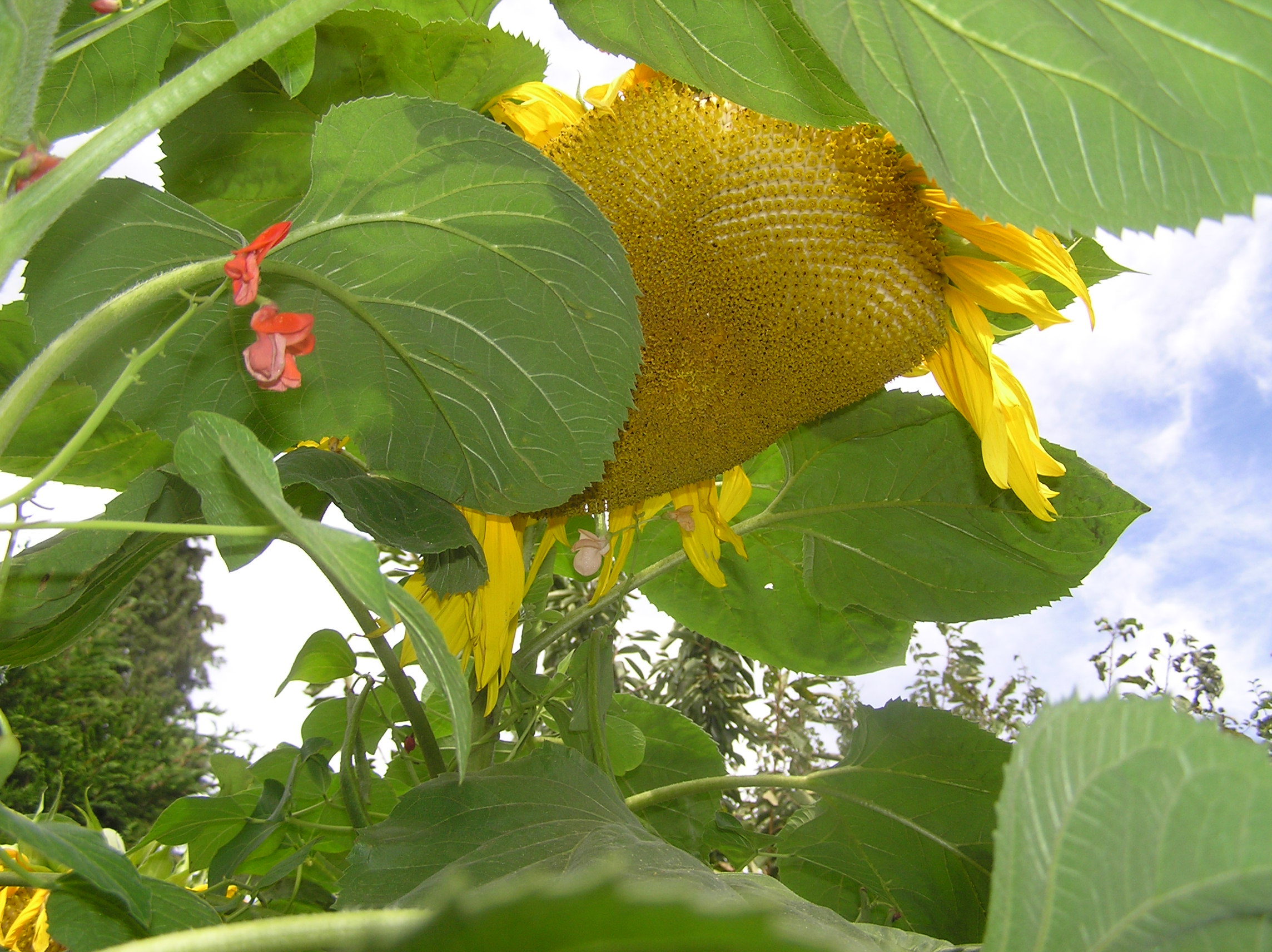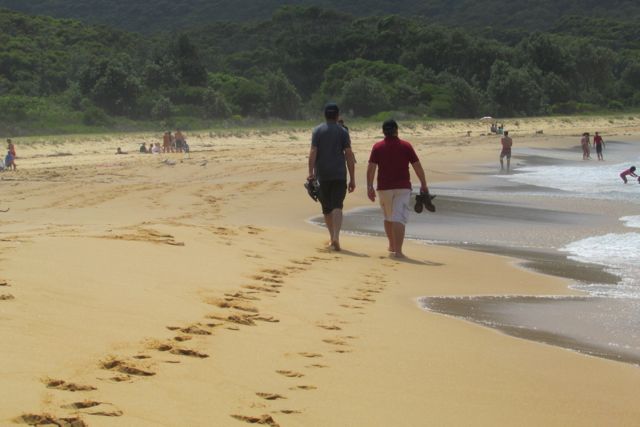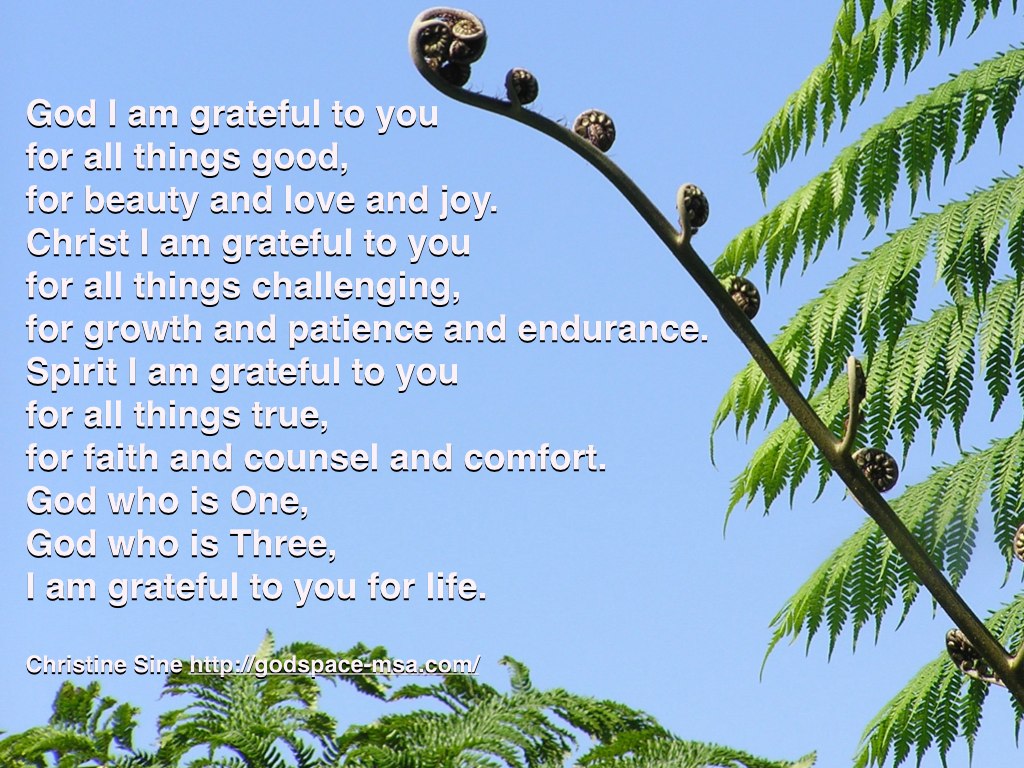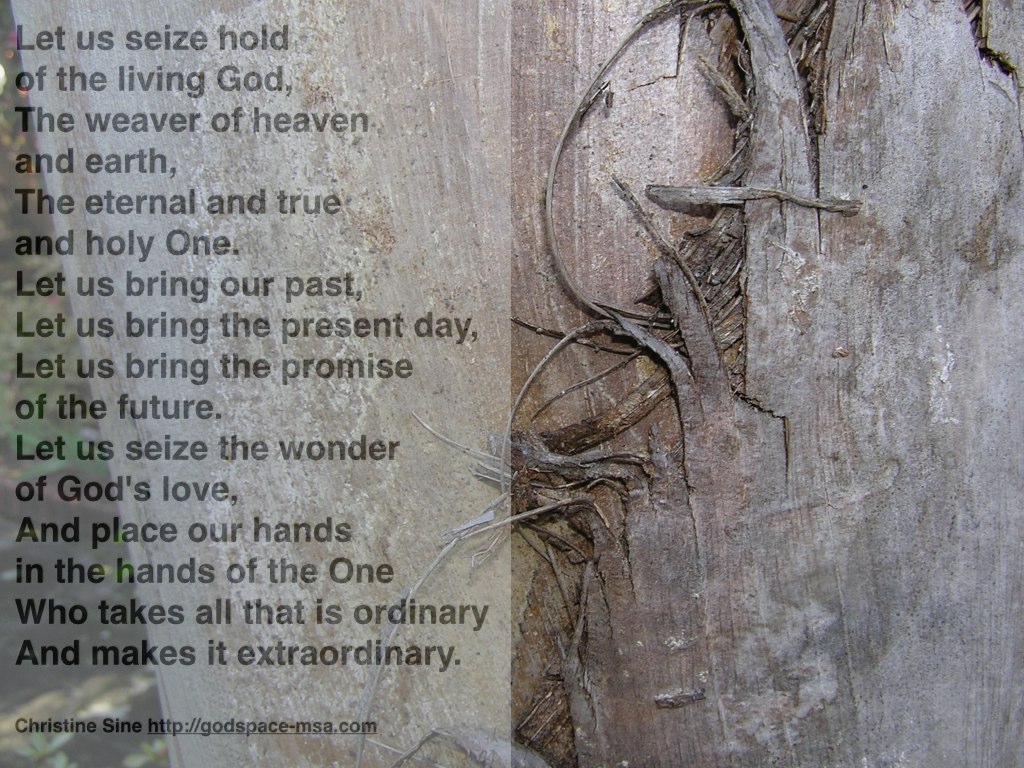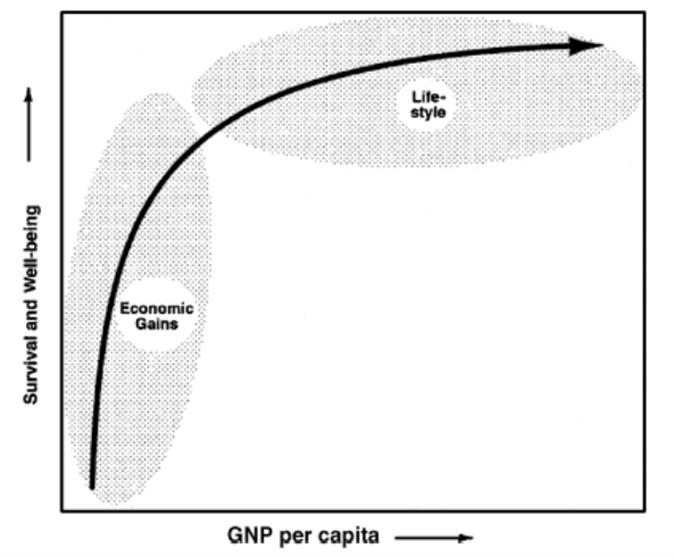This year I lost 150 tomato starts. I was devastated. I love to plant new varieties. I love to watch them grow and I love that we can use this as a small fundraiser for MSA.
I just found out that the reason they died was because the soil I transplanted them into was contaminated with a herbicide, and considering this was meant to be organic soil this appalls me. We also used the soil in one of our new garden beds so that is contaminated too. Now we have to figure out what to do. The nursery will compensate us for the soil – not I suspect for our hard work and loss of income, but the soil is still contaminated and could be for years. In researching possible solutions I came across this article which I first posted a couple of years ago and thought it was a good time to repost it and guess what we are going to plant sunflowers in the contaminated area.
Like most of my garden friends I love sunflowers, but I must confess I usually only plant them so that the beans have something to climb on when they grow beyond their bamboo teepees and the squirrels have something to eat at the end of summer. We love to watch them scampering up the tall stalks to hang upside down on the huge flower heads.
I found this article in the Hard Working Beauty of Sunflowers recently that I thought was well worth a read.
The statement: “They’re a really iconic way to make people notice that you’re trying to make a change in the community,” really caught my imagination. I also found it very interesting that sunflowers are probably the second-oldest domesticated seed crop in eastern North America. (squash is the oldest). Evidently they originated in Mexico at least as far back as 2600 BC.
Another interesting fact I came across is that sunflower oil became popular in Europe in the 18th century, particularly with members of the Russian Orthodox Church, because sunflower oil was one of the few oils that was not prohibited during Lent.
I was also impressed to hear that recent research suggests sunflowers can pull heavy metal contaminants from polluted soil. They were used after the Chernobyl disaster, and more recently in response to the Fukushima Daiichi nuclear disaster. Koyu Abe, chief monk at the Buddhist Joenji temple has planted 200,000 flowers at the temple and distributed many more seeds. Read the story here
Then I came across this beautiful poem
Aztec Flower Song (anonymous, pre-Columbian)
Be indomitable, Oh my heart!
Love only the sunflower;
It is the flower of the Giver-of-Life!
What can my heart do?
Have we come, have we sojourned here on earth in vain?
As the flowers wither, I shall go.
Will there be nothing of my glory ever?
Will there be nothing of my fame on earth?
At most songs, at most flowers,
What can my heart do?
Have we come, have we sojourned on earth in vain?
So next time you see a sunflower in a bouquet of flowers or smiling over your neighbour’s fence remember that this is one of God’s long beloved flower and offer a prayer of thanks.
Walking is the fastest pace for noticing – go out and have a good walk today, notice your neighbourhood, enjoy its sounds and smells and sights. Anchor yourself and find where you belong. Refresh your spirit and your soul.
I posted this suggestion on Facebook and twitter yesterday and have been thinking about it ever since.
All of us know that walking has benefits for our physical health. Just 30 minutes, 5 times a week reduces the risk of coronary heart disease and stroke, lowers cholesterol and blood pressure, reduces the risk of colon cancer, helps control body weight, increases bone density and helps prevent osteoporosis. And thats only part of the list.
Walking is one of the best things we can do for our spiritual well being too. Not walking as in stair climber or gym, not running either, though they can have benefits, but walking as in getting out to explore our neighbourhoods.
Walking is fun, relaxing and for most of us, easy to do. It also the best way to notice what goes on in us and around us. It is the only pace at which we really do see and hear and smell all that is happening around us.
I love to walk around the garden each morning to see how much my vegetable plants have grown overnight. It is also a great time to commune with God and draw closer to the One who has created all that I see around me. Each moment and thing has the potential to become a vehicle for revelation. Walking can open us up to new ways to experience God and the world around us. Each step contributes to the rhythm of our life and its revelation can overflow into the whole of our life. It is a gift that draws us towards God and towards others.
Walking is also one of the best way to get to know our neighbourhoods, our neighbours and our friends. I love to walk the dog around the neighbourhood, noticing who is working on their garden, which yards look neglected and who else is out there enjoying the local park. People often stop to say hello. They share stories about themselves, their gardens and their pets. And I love to walk around the city noticing the urban lots transformed into p-patches, the new skyscrapers rising into the sky, and the homeless people asleep in the doorways.
Interestingly, the best speed for walking according to coolwalking is “as fast as you can without losing the ability to hold a conversation.” Walking is not meant to be done alone, it is meant to be done in company with others. As I think of that I am reminded of the disciples on the road to Emmaus. As they walked along they were talking about everything that had happened. As they talked and discussed these things, Jesus himself suddenly came and began walking with them. (Luke 24:14,15). So often when we walk and talk with others it is as though Jesus walks with us, explaining the scriptures and the ways in which they reveal who he is.
Walking is for noticing not just sights sounds and smells but God and neighbours and friends.
What will you notice today?
Here is another very popular prayer from the Light for the Journey Facebook page
I posted this prayer on the Light for the Journey Facebook page this week. It has gained a lot of attention and so thought I should share it here too. Enjoy!
We are moving forward with the pole barn at the Mustard Seed Village and are looking for barn wood that we can upcycle to use as the finishing layer on the walls. Any leads or offers of wood are welcome – especially if you live in the Camano/Stanwood area.
Check out the village slide show of this first building going up… and become part of the show – we’ll feature your old barn resurrected for new purposes!
Today’s post is written by Chris Holcomb, a former MSA intern currently living in Boone, NC, where he works as an insurance agent for Bankers Life, volunteers as a community metrics intern for BALLE, and occasionally blogs at thellamaandthecow.wordpress.com. He and his wife are enjoying learning what it means to slow down and appreciate life in the beautiful Appalachian Mountains.
———————————————————————————————————————————-
As I referenced in my Back to the Basics post exploring poverty, one of the formative experiences in my life was a mission trip to Costa Rica where I did very little to aid the people of Costa Rica, but they did much to help me. It was there that I first witnessed in a radical way the potential for disconnect between income and happiness or gratitude. Some of the happiest and most gracious people I have ever met have lived in trailers, dirt-floor homes, and homeless shelters.
Because of this, it has always been slightly disconcerting to me as an economics student that my academic discipline is based partially on the relationship between money and utility (a measure of happiness or satisfaction) and the principle that “more is always better.” While I have never purported that there is no relationship between money and happiness or that “less is always better,” my life experiences have taught me that there are often much more important things for my own personal satisfaction in life than just my wealth or possessions. I believe that most economists, if you asked them about their personal experiences, would say the exact same thing as me, and yet we continue to religiously watch the daily rise and fall of the stock market, hold up per capita GDP as the primary barometer for our country’s health, and read sensationalist articles telling us that “Money Can Buy Happiness.”
Thankfully, there is a growing movement to promote alternatives to GDP (Such as: the Genuine Progress Indicator, the Human Development Index, the Ecological Footprint, The Happy Planet Index, and Gross National Happiness), and many before me have given this movement ammunition by studying well-being at both personal and national levels. A good synopsis of the breadth of research on this topic can be found in Alois Stutzer and Bruno S. Frey’s report here. It has been pretty widely established by now that the relationship between per capita GDP and a country’s well-being (as measured by subjective surveys) is logarithmic, that is, countries see dramatic increases in well-being as GDP initially rises, but each further increase in GDP brings about progressively smaller increases in well-being. This makes sense; a five dollar bill is worth less to a millionaire than a beggar. The following chart from Ronald Inglehart (simplistically) further illustrates this transition: that after basic needs are met through economic growth, individuals do not see as much gain in well-being from improvements in income and “Non-economic aspects of life become increasingly important influences on how long, and how well, people live.”
Those of us Westerners who don’t have to worry about where our next meal is going to come from are living in this lifestyle sphere, and it is this society that Christine writes for in her post, “What Happiness Habits Should We Develop?” When considering topics for my senior economics thesis, I decided to build upon all of this prior research and put Inglehart’s hypothesis under a microscope. I knew that the things Christine’s post mentions had been more important than money for my own personal happiness, but I wanted to see what the data had to say to either confirm or deny my instincts about their application at a national level.
While I was slightly limited by my lack of a PhD and access to any data that wasn’t free, my research was subject to critique by both my peers and superiors and, I believe, representative of the highest achievable academic quality at the undergraduate level. I began by analyzing whether there really was a difference between high and low-income countries in terms of what makes them happiest. Setting $8,500 in per capita GDP as the cutoff point between low and high-income, I found that there were indeed massive differences between the two groups. The 5 most important variables for the collective well-being of a low-income country were:
1. Subjective Opinion of Health
2. Level of Freedom of Choice and Control
3. Lack of Materialistic Priorities
4. Per Capita GDP
5. A Low Unemployment Rate.
For High-Income Countries, the top 5 were:
1. Subjective Opinion of Health
2. Lack of Materialistic Priorities
3. Importance Given to Leisure Time
4. Level of Confidence in “the churches”
5. Having Fewer Working Hours
While subjective assessments of health and levels of materialism remained important in all countries, the other 3 variables for each group were markedly distinct from each other. This result seemed to justify my decision to look more selectively at just high-income countries for analyzing national well-being, as most previous analyses had lumped all countries together for their tests.
As I analyzed this subset of countries further, I explored many different questions and came away with two more observations that are worthy of sharing here. The first was that while increases in GDP do still result in increased well-being among high income countries, this effect almost entirely disappears when the decreases in unemployment and annual working hours that typically accompany GDP are taken into account. This suggests that if we really want to increase our well-being as a country, we ought to decrease our average working hours per person, allowing for more leisure time and more employment.
The second observation had to do with our views on the government’s role in environmental protection. It seems that there is a stark contrast between those who are willing to spend personal income for environmental protection and those who would like the government to do so. Citizens willing to spend their personal incomes typically reside in less wealthy countries that place more emphasis on leisure time, while citizens encouraging their government to stop pollution typically reside in higher income countries with lower ecological footprints and less trust among the population.
Overall, I must say that while not everything was exactly as I expected, my research did little to sway the priorities that I had learned from life prior to my semester of statistical analysis. Whether we look at psychological studies, econometric analysis, or personal experience, it seems that if we really want to be happier both individually and collectively, we must follow Christ’s example: ensure that the poor, widowed, and orphaned have the basics they need for survival; realize that slavery to a job, chasing after increased incomes, and the accumulation of material possessions is an ultimately hollow pursuit; and cultivate strong relationships that engender trust with those around us as a Church body united in Christ.
My full paper is available for free download here.
A couple of days ago I asked the question How Do We Know When Its Time to Slow Down? That was the focus of my reflections during the retreat that Tom and I have just returned from. Doing the balancing act of work, hospitality and rest has been challenging over the last couple of months and I know that I need to slow down.
What I realized on the retreat however is that slowing down is not really about cutting back on my schedule. Slowing down is really about reaffirming my sense of purpose and regaining my perspective on what really matters. It is about giving time to the things that renew my soul and rebuild my body and my spirit.
Above all I have realized that slowing down, for me, is about regaining my Sabbath days. At one point I resolved to set aside Sunday as a day of reflection, refocusing and enjoyment. It seems however that I have forgotten that. This week I was reminded however that Sabbath is not meant to be a day of recovery from exhaustion. The rest of Sabbath is meant to be the rest of contentment and enjoyment, when we like God, sit and bask in the satisfaction of a job well done. It is meant to be a time to enjoy our relationship to God, to each other and to God’s good creation. As Norman Wirzba says in Food and Faith, Sabbath: has to do with the intense joy and peace, the supreme delight and the contentment that followed from God’s life-giving work. (45)
Sabbath is not just for one day of the week however. It is for every day. I know that savouring the beauty, the joy, the contentment of God’s life-giving work within me, within those around me and within God’s good creation is a lot of what disappears when I am too busy. Regaining those holy sabbath pauses that come not just on Sundays but every day when we take time to pause and sit in the joy and contentment of what we have done that is life giving and God affirming is so important. for me and I think for all of us.
So my question for myself and for all of us today is: How do you live out the Sabbath every day of the week?
As an Amazon Associate, I receive a small amount for purchases made through appropriate links.
Thank you for supporting Godspace in this way.
When referencing or quoting Godspace Light, please be sure to include the Author (Christine Sine unless otherwise noted), the Title of the article or resource, the Source link where appropriate, and ©Godspacelight.com. Thank you!

